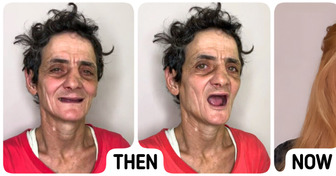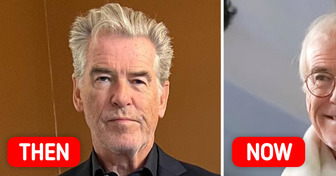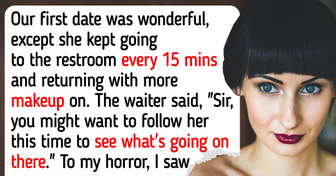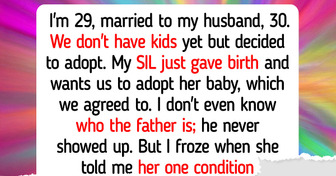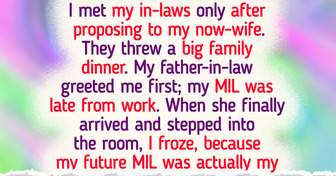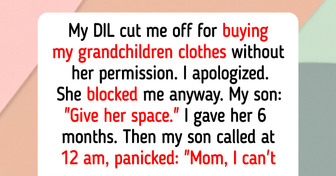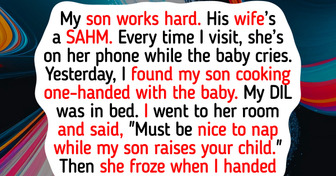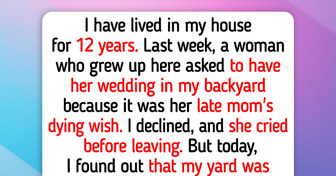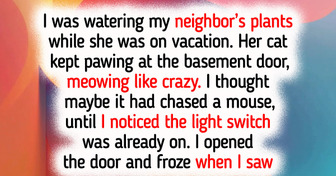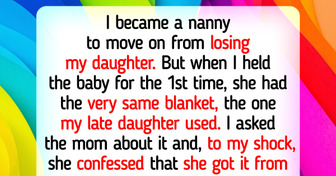Influencer Reveals Dramatic Results of Her Fox Eye Plastic Surgery
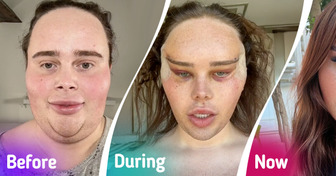
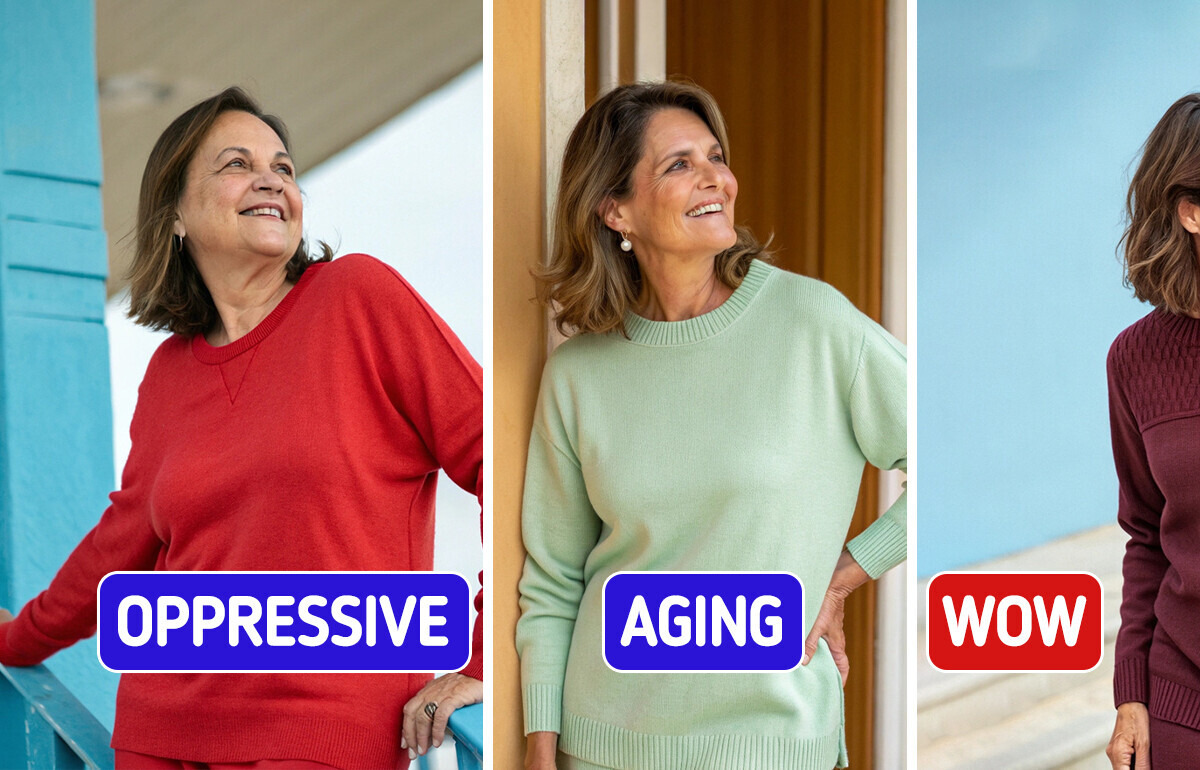
Turning 50 is a milestone worth celebrating, not hiding. But here’s the twist—your wardrobe might be doing the exact opposite. Color isn’t just a style choice; it’s a visual cue that can either boost your glow or dull it down. So, let’s talk about clothing colors that can unintentionally add years to your look—and the youthful alternatives that can make your natural beauty shine.
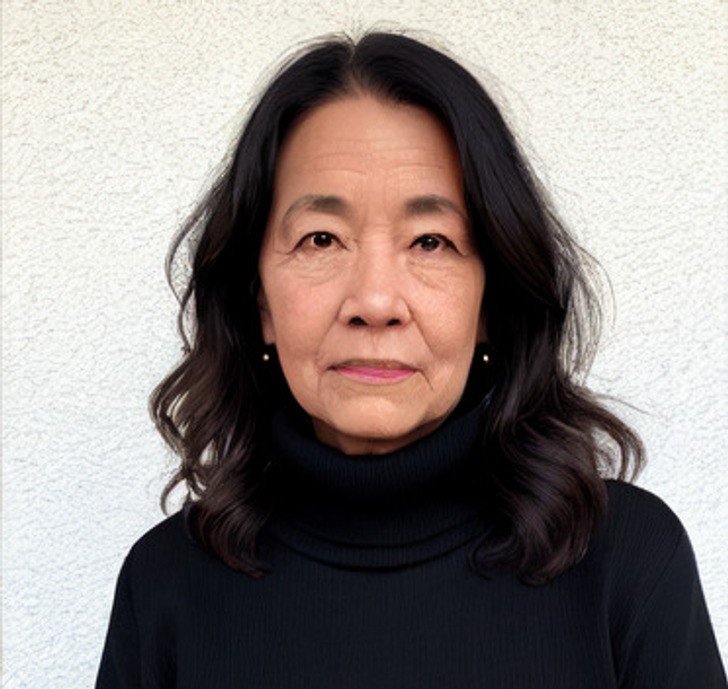
Black is slimming, timeless, and effortlessly chic. No wonder it’s a staple in almost every wardrobe! But here’s the twist: once you hit your 50s, that trusty black dress or turtleneck might not be doing you the favors it once did.
Why? As we age, our skin tends to lose its natural rosiness and contrast. Black, being such a stark color, can exaggerate shadows on the face—think under-eye circles, smile lines, and even slight hollowness around the cheeks.
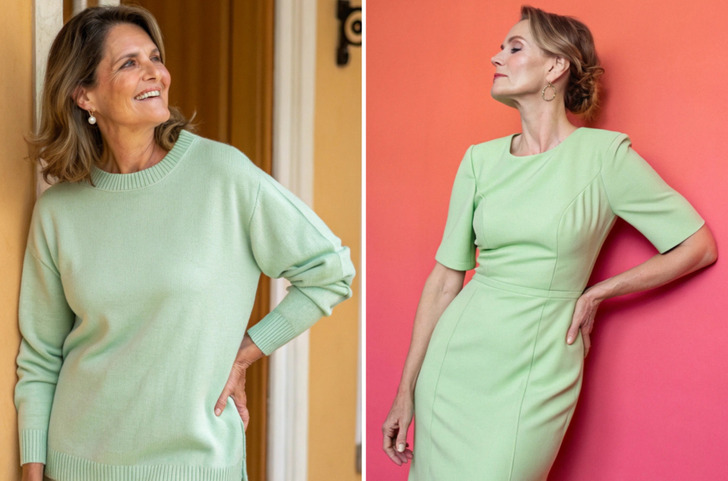
Pastels might look sweet and delicate on the rack—but on mature skin, they can be a little too soft. Shades like baby pink, powder blue, and mint green tend to blend into fair or light skin tones, especially as our complexion lightens or loses vibrancy with age. The result? A washed-out, tired look that lacks the energy and brightness we all want.
Instead of highlighting your natural beauty, these shades can flatten it—making your skin appear dull, even emphasizing any unevenness or undertones that weren’t visible before.
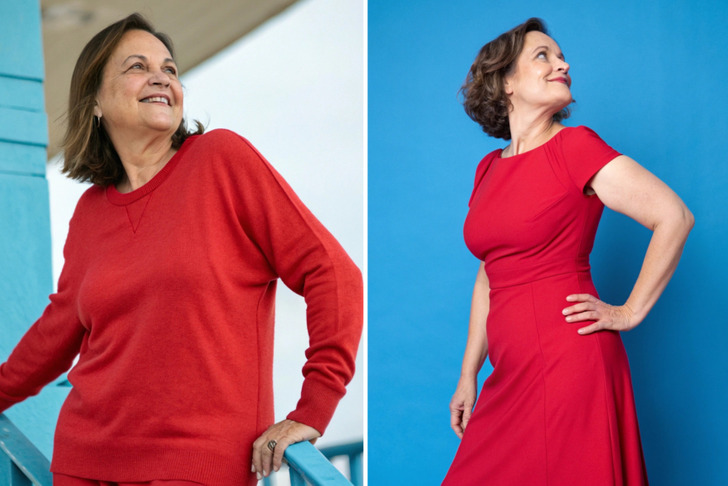
Red is the color of power, passion, and confidence. It’s a statement-maker, a head-turner—one of those hues that make you feel instantly alive. But as we get older, that same fiery red dress or lipstick that once lit up the room can start to feel a bit... off.
Here’s why: as we age, our skin goes through subtle but important changes. One of them is an increase in visible redness, especially around the cheeks, nose, and chin. This is due to delicate capillaries becoming more pronounced as the skin thins and loses some of its elasticity. The result? A natural flush that’s not always flattering—and can be exaggerated by the wrong shade of red.
Instead of enhancing your features, that vibrant red top might suddenly start highlighting redness, blotchiness, or rosacea. It can clash with your skin, making your face look more inflamed or uneven than it actually is.

Why it may age you: As we get older, our skin tone starts to shift. One of the sneakiest changes? A subtle yellow tint, known as sallowness. It’s not just wrinkles or sagging that add years—it’s that dull, washed-out look that creeps in when your skin loses its natural brightness.
Autumnal colors like rust, mustard, and burnt orange may be cozy, but they can amplify that yellowish hue, making you look more tired than timeless. Translation? The wrong shade can age you in a flash.
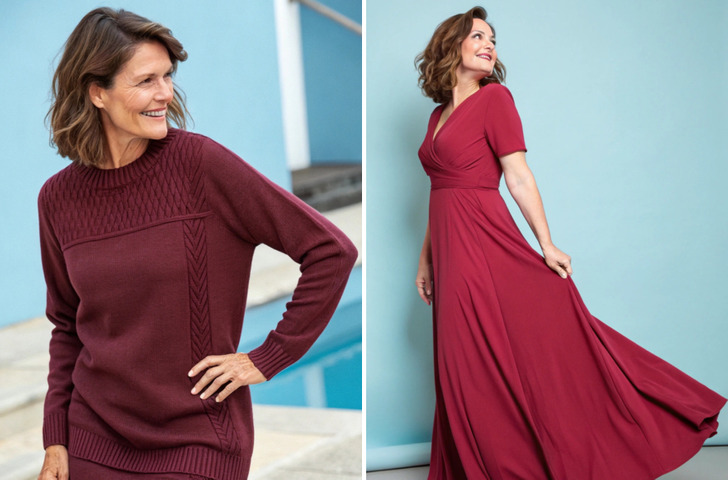
Here’s something many women overlook: as we age, it’s not just about what we wear or how we accessorize. Even our scent changes with time. Yes, it’s true—your body chemistry evolves, and with it comes what some people casually call the “old person smell.” The good news? You can stay feeling fresh and fabulous if you know what to do.

